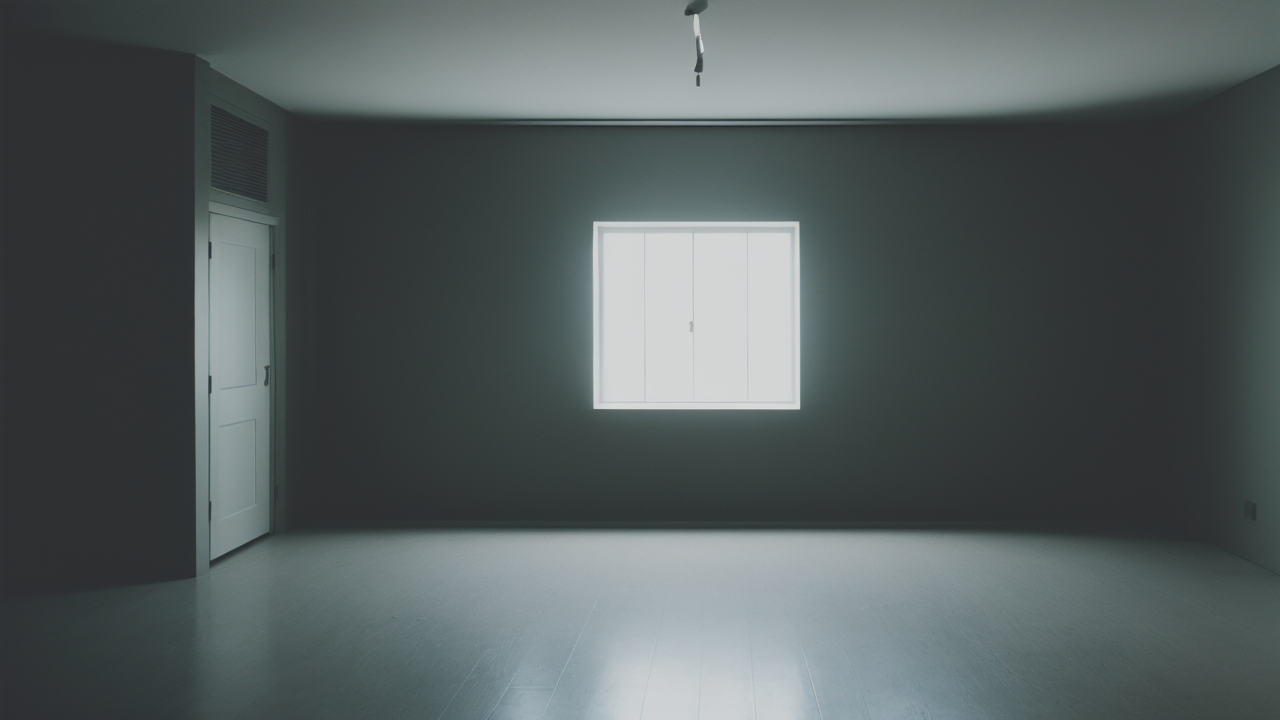
Minimalist Drawings Meet Modern Aesthetic: The Evolution of Contemporary Art
The Intersection of Minimalism and Modern Art
Understanding the Core Principles of Minimalism in Art
Minimalism in art is all about simplicity and clarity. It strips away excess, focusing on essential elements. The core principles include:

- Use of basic shapes and forms
- Limited color palettes
- Emphasis on space and geometry
- Repetition and patterns
- Absence of emotional or symbolic content
Minimalist art often features clean lines and simple designs. It aims to create a sense of order and calm. Artists use basic materials like metal, wood, or canvas. They avoid complex techniques or ornate details.
The goal is to make viewers focus on the artwork itself, not its meaning. This approach challenges traditional ideas about art. It asks us to appreciate form, color, and space in new ways.
The Rise of Minimalist Art in the United States
Minimalist art gained popularity in the United States during the 1960s and 1970s. It emerged as a reaction to the emotional intensity of Abstract Expressionism. Artists wanted to create works that were more objective and less personal.
Key factors that contributed to its rise include:
- Post-war economic boom and industrial growth
- Influence of European avant-garde movements
- Desire for a new, distinctly American art form
Cities like New York became hubs for minimalist artists. They found inspiration in urban architecture and industrial design. Art galleries began showcasing minimalist works, attracting attention from critics and collectors.
The movement quickly spread beyond painting to sculpture and installation art. It influenced other fields like music, design, and architecture. Minimalism became a significant force in shaping modern aesthetic sensibilities.
Key Artists Defining the Minimalist Movement
Notable Minimalist Artists and Their Legacy
Several artists played crucial roles in shaping the minimalist movement. Their work continues to influence art today. Some key figures include:

- Donald Judd: Known for his 'specific objects' - simple, geometric forms
- Dan Flavin: Created light installations using fluorescent tubes
- Agnes Martin: Painted subtle grids and lines on canvas
- Frank Stella: Pioneered shaped canvases and minimalist sculpture
These artists challenged traditional notions of art-making. They focused on industrial materials and geometric forms. Their work often blurred the line between painting and sculpture.
Judd's box-like structures and Flavin's light works became iconic. Martin's delicate paintings brought a sense of tranquility to minimalism. Stella's experiments with form pushed the boundaries of what could be considered art.
Contemporary Artists Inspired by Minimalism
Today, many artists continue to draw inspiration from minimalist principles. They adapt these ideas to address contemporary issues. Some notable contemporary minimalist-inspired artists include:
- Ellsworth Kelly: Creates bold, colorful geometric paintings
- Richard Serra: Produces large-scale steel sculptures
- Hiroshi Sugimoto: Photographs seascapes and architectural spaces
- Olafur Eliasson: Creates immersive installations using light and color
These artists blend minimalist aesthetics with new technologies and concepts. They explore themes like perception, space, and the environment. Their work shows how minimalism remains relevant in the 21st century.
Contemporary minimalist art often incorporates interactive elements. It invites viewers to engage with the work in physical ways. This approach adds new dimensions to the minimalist experience.
The Impact of Minimalism on Contemporary Art Culture
How Minimalism Has Influenced Modern Art Galleries and Exhibits
Minimalism has had a profound impact on how art is displayed and experienced. Modern galleries and exhibits often reflect minimalist principles. Key influences include:

- Clean, white-walled spaces that don't distract from the art
- Sparse, carefully curated displays
- Focus on lighting and spatial arrangement
- Interactive installations that engage viewers
Galleries now prioritize creating immersive environments. They aim to enhance the viewer's experience of minimalist works. This approach has changed how we interact with art in public spaces.
Museums have also embraced minimalist design principles. Many new museum buildings feature simple, geometric forms. Inside, exhibit spaces are often open and flexible. This allows for diverse ways of presenting art.
The influence extends to how art is marketed and sold. Minimalist aesthetics are often used in art fair booths and online galleries. This clean, simple style has become synonymous with contemporary art culture.
The Future of Art: Minimalism's Ongoing Role in Contemporary Creations
Minimalism continues to shape the future of art in several ways:
- Inspiring new forms of digital and virtual art
- Influencing sustainable and eco-friendly art practices
- Encouraging mindfulness and contemplation in art viewing
- Bridging gaps between art, design, and everyday life
As technology advances, artists are finding new ways to apply minimalist principles. Virtual reality and augmented reality offer exciting possibilities. They allow for immersive, minimalist experiences in digital spaces.
Minimalism's focus on essential elements aligns well with sustainable art practices. Artists are using simple, eco-friendly materials to create impactful works. This trend is likely to grow as environmental concerns increase.
The minimalist approach to art viewing encourages slow, mindful engagement. This contrasts with the fast-paced nature of modern life. As a result, minimalist art spaces are becoming places for reflection and calm.
Finally, minimalism continues to blur the lines between art and design. Its influence is seen in architecture, product design, and urban planning. This integration of art into daily life is likely to expand in the future.


